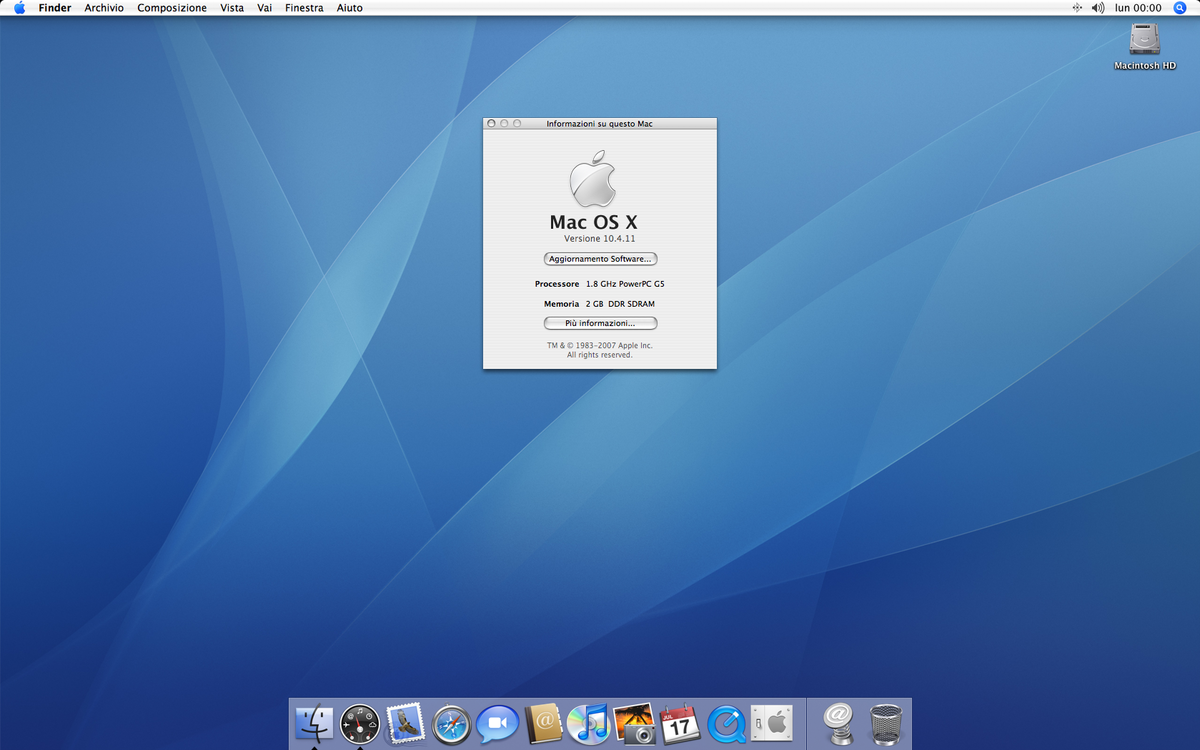(redirected from Più lento)
- Piu Piu is a challenging, visual awareness-based online puzzle game for kids, teens and adults where you must combine perceptual skills with careful mouse movement to maneuver a ‘blue thing' through a series of quirky, disorienting maze levels. The concept is very simple – Collect green shapes and avoid red shapes. However, levels increase in difficulty as you progress, with the game.
- Piu Piu Apps published the Kawaii Coloring Book Glitter App for Android operating system mobile devices, but it is possible to download and install Kawaii Coloring Book Glitter for PC or Computer with operating systems such as Windows 7, 8, 8.1, 10 and Mac.
Sep 13, 2008 Linux(host) e Mac OS X(guest) Se pensiamo di essere nel tunnel Windows - Ubuntu - Mac OS X, ma non ne siamo troppo convinti. Mac OS X(host hackintosh) Linux(guest) e Windows in dual boot Se non siamo disposti a passare ad Apple, ma neanche a rinuciare alle prestazioni e al meglio di ogni sistema operativo. Jan 12, 2019 - Explore Rafael Gomez's board 'MacBook Air wallpapers' on Pinterest. See more ideas about macbook air wallpaper, macbook wallpaper, mac wallpaper. Panda unlock iphone. How to Install Eyebrow Editor for Windows PC or MAC: Eyebrow Editor is an Android Photography app that is developed by Piu Piu Apps and published on Google play store on NA. It has already got around 10000 so far with an average rating of 3.0 out of 5 in play store.
Also found in: Dictionary, Thesaurus.
tempo
[Ital.,=time], in music, the speed of a composition. The composer's intentions as to tempo are conventionally indicated by a set of Italian terms, of which the principal ones are prestoPiu-piu Mac Os Catalina
(very fast), vivace (lively), allegro (fast), moderato (moderate), andante (moderate, literally a 'walking' tempo), adagio (slow), lento (slower than adagio), and largo (very slow); accelerando (increasing the speed) and ritardando (slowing down) are directions to alter the tempo momentarily and are canceled by aMac Os Download
tempo. Since Beethoven's time many composers have given metronomic indications, which, despite their seeming infallibility, are often misleading, and tempo remains a point of subjective interpretation. Acoustical factors influence the choice of a tempo but account less for the divergence between different performances than does the performer's interpretation of the work.Tempo
in music, the rate of the metrical units. Tempo is closely tied to the nature of a musical work. Originally, tempo was not indicated, and a performer decided what it should be on the basis of the content and style of the music itself.
The most important tempi, in the order of slowest to quickest, are largo, lento, and adagio (slow), andante and moderato (moderate), allegro and vivace (lively), and presto (fast). Previously, many of these terms defined the general character of the music as well; allegro, for example, literally means 'cheerfully.' Some of the terms have retained a meaning of this sort, for example, largo, 'broadly.' These terms are also used with modifiers that strengthen or weaken the meaning, for example, molto, 'very,' and ma non tropo, 'but not overly.'
Coding software for windows 8. A composer sometimes marks the tempo in his native language, such as German, French, or Russian. In certain cases, tempi are indicated indirectly by reference to a musical genre having a prescribed speed, for example, 'in march tempo' or 'in waltz tempo.' Tempo terms may also serve as a generic name for an entire piece performed in a given tempo, such as an adagio or allegro.
Tempo markings are approximate. Depending on their understanding of a piece and their own temperament, different performers will perform the same piece in different tempi. The metronome makes it possible to indicate tempi exactly. However, even metronomic markings given by the composer himself are only a guide for the performer, who may deviate from them within certain limits. Although one particular tempo ordinarily predominates in a given piece, it represents an average; it may be slightly quickened or slackened in certain phrases depending on the logic of the phrase development. More significant deviations from the marked tempo are often encountered and may be indicated by the composer. Special terms are used to indicate such changes, for example, accelerando, stringendo, and più mosso (quickening) and rallentando, ritenuto, and meno mosso (slackening). Return to the original tempo is indicated by the words tempo primo.
Shinka no natsu eng sub. Differences in tempo, the character of movement, and other factors determine the contrast between movements of cyclical works, such as the symphony, sonata, and suite.
REFERENCE
Nazaikinskii, E. V. O muzikal'nom tempe. Moscow, 1965.
tempo
TEMPO
(1)['TEMPO: A Unified Treatment of Binding Time and Parameter Passing Concepts in Programming Languages', N.D. Jones et al, LNCS 66, Springer 1978].
Tempo
(operating system)Want to thank TFD for its existence? Tell a friend about us, add a link to this page, or visit the webmaster's page for free fun content.
Link to this page:

